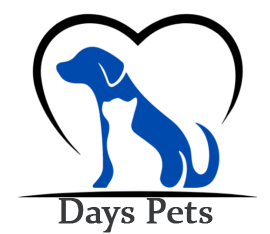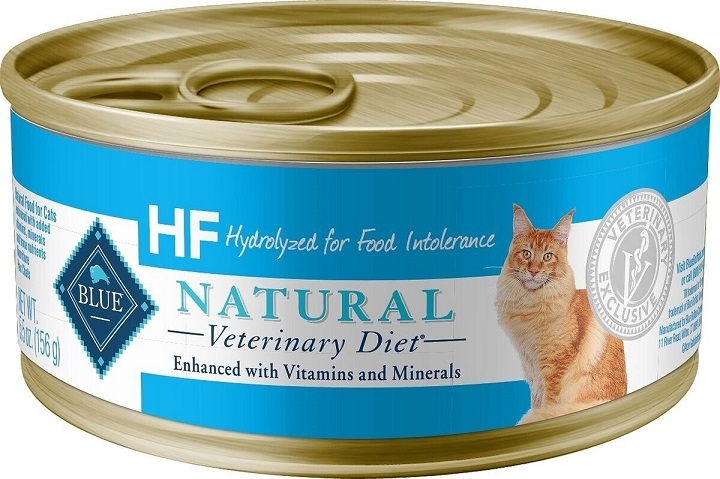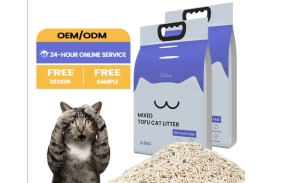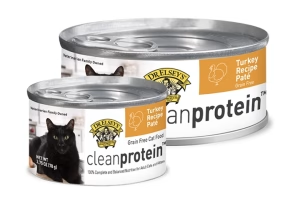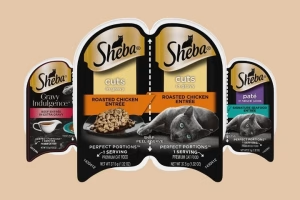Hydrolyzed cat food is a specialized diet designed to address a variety of health issues in cats, particularly those related to allergies and sensitivities. These foods are processed to break down proteins into smaller components, making them easier for your cat’s digestive system to handle. But what exactly does this mean for your feline friend, and why should you consider hydrolyzed cat food as part of their diet? In this article, we’ll dive into what hydrolyzed cat food is, its benefits, how it works, and why it might be the best choice for your cat.
What Is Hydrolyzed Cat Food?

Hydrolyzed cat food is a type of pet food that undergoes a special processing technique to break down proteins into smaller fragments. This process is called hydrolysis. By breaking the proteins into tiny pieces, hydrolyzed cat food reduces the likelihood that your cat’s immune system will recognize the protein as an allergen. This is especially beneficial for cats that suffer from food allergies, sensitivities, or digestive issues.
How Is Hydrolyzed Cat Food Made?
The process of making hydrolyzed cat food begins with the selection of high-quality protein sources, such as chicken, turkey, or fish. The protein is then subjected to hydrolysis, which involves breaking it down into smaller parts using water or enzymes. The smaller protein fragments are less likely to trigger an immune response, making them suitable for cats with food allergies or sensitivities.
Key Ingredients in Hydrolyzed Cat Food
Common ingredients in hydrolyzed cat food include:
- Protein sources: Chicken, turkey, or fish, usually in highly hydrolyzed forms.
- Carbohydrates: Rice, sweet potatoes, or corn are often used as easy-to-digest carbohydrate sources.
- Fats: Omega fatty acids, such as those from fish oil, for healthy skin and coat.
- Fiber: For digestive health, hydrolyzed cat foods often include ingredients like beet pulp or cellulose.
Why Should You Choose Hydrolyzed Cat Food?
Hydrolyzed cat food can be a great choice for cats with certain health conditions. Here are a few reasons why you might want to consider it:
Addressing Food Allergies
Food allergies are common in cats and can lead to various symptoms like skin irritation, digestive issues, and ear infections. Hydrolyzed food helps minimize allergic reactions by breaking down proteins into smaller, non-allergenic components. This makes it easier for the cat’s immune system to tolerate the food.
Managing Sensitivities and Digestive Issues
If your cat experiences digestive issues, such as vomiting or diarrhea, switching to a hydrolyzed diet can improve their condition. The smaller protein fragments are easier to digest and less likely to irritate the gastrointestinal tract.
Improved Skin and Coat Health
Many hydrolyzed cat foods are formulated with omega fatty acids that promote a healthy coat and skin. These fatty acids can help alleviate skin inflammation and reduce shedding, which is especially beneficial for cats with sensitive skin or those prone to allergies.
Supporting a Balanced Diet
Despite being designed for sensitive cats, hydrolyzed cat food is still packed with all the necessary nutrients for overall health. High-quality protein, vitamins, and minerals are included to maintain a well-balanced diet, ensuring your cat gets the nutrition they need without compromising their health.
When Should You Switch to Hydrolyzed Cat Food?
Switching your cat to a hydrolyzed diet may be necessary if they show signs of food allergies or sensitivities. Some common symptoms to look for include:
- Itchy skin or ears
- Frequent vomiting or diarrhea
- Licking paws excessively
- Poor coat condition If your cat is exhibiting any of these signs, it’s worth consulting with a veterinarian to determine if hydrolyzed cat food is the right choice for their health needs.
How to Transition Your Cat to Hydrolyzed Cat Food
If you decide to switch to hydrolyzed cat food, it’s important to do so gradually. Sudden changes in diet can cause gastrointestinal upset. Start by mixing a small amount of the new food with your cat’s current food and gradually increase the proportion of hydrolyzed food over the course of a week or more. This will give your cat’s digestive system time to adjust.
Hydrolyzed Cat Food vs. Regular Cat Food

You may be wondering how hydrolyzed cat food compares to regular cat food. Here are some key differences:
Protein Breakdown
In regular cat food, proteins are not broken down, and they can sometimes trigger allergic reactions in sensitive cats. In hydrolyzed cat food, the proteins are broken down into smaller components, making it less likely to cause allergies.
Ingredients and Nutrients
While both hydrolyzed and regular cat foods can contain high-quality ingredients, hydrolyzed cat foods are specifically formulated to reduce allergens. They often include additional ingredients like omega fatty acids to support skin health and digestion.
Price
Hydrolyzed cat food tends to be more expensive than regular cat food, due to the special processing and high-quality ingredients required to create it. However, the benefits for cats with allergies or sensitivities often outweigh the extra cost.
Benefits of Hydrolyzed Cat Food
Here’s a quick overview of the benefits of hydrolyzed cat food:
- Reduced allergic reactions due to broken-down proteins.
- Improved digestion for cats with sensitive stomachs.
- Healthier skin and coat thanks to added omega fatty acids.
- Supports a balanced and nutritious diet, even for cats with sensitivities.
FAQs
What is the main difference between hydrolyzed cat food and regular cat food?
Hydrolyzed cat food contains broken-down proteins, making it easier for cats with allergies or sensitivities to digest and tolerate compared to regular cat food.
Can I give my cat hydrolyzed food even if they don’t have allergies?
While hydrolyzed food is designed for cats with allergies or digestive issues, it is also a good option for overall health and well-being, especially if your cat has a sensitive stomach.
How long does it take for hydrolyzed cat food to show results?
It may take a few weeks for you to notice the full benefits of hydrolyzed food, especially in terms of improved skin and digestive health.
Is hydrolyzed cat food suitable for kittens?
Yes, there are hydrolyzed cat food formulas available for kittens. Always consult your vet to determine the best diet for your kitten’s specific needs.
Can I feed hydrolyzed cat food alongside other types of food?
It is generally recommended to feed your cat a consistent diet, but if you are transitioning to hydrolyzed food, mixing it gradually with their current food is advised.
Hydrolyzed cat food is an excellent option for cats with allergies, sensitivities, or digestive issues. With its specially processed proteins and additional health-boosting ingredients, it provides a balanced and nutritious diet that supports overall health. If your cat suffers from any of the symptoms associated with food allergies or digestive discomfort, hydrolyzed cat food may be the solution they need.
